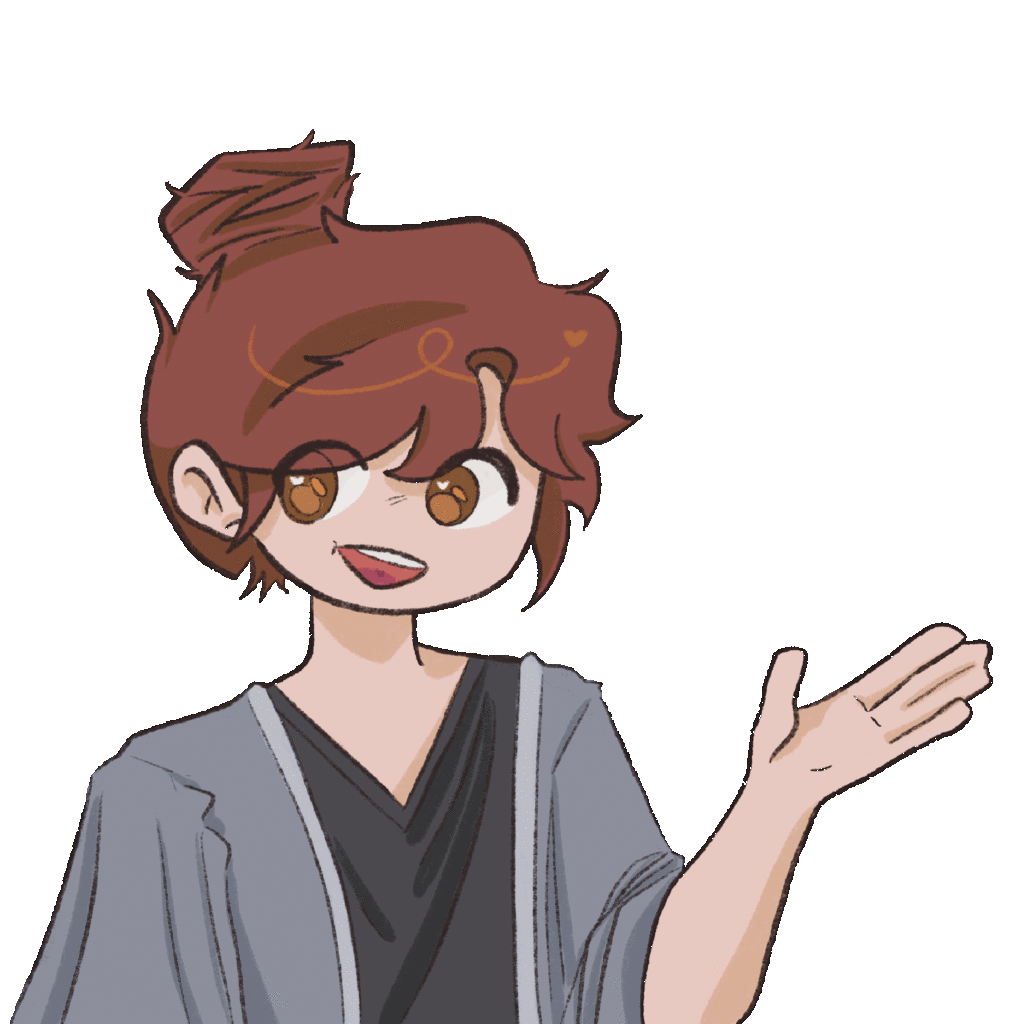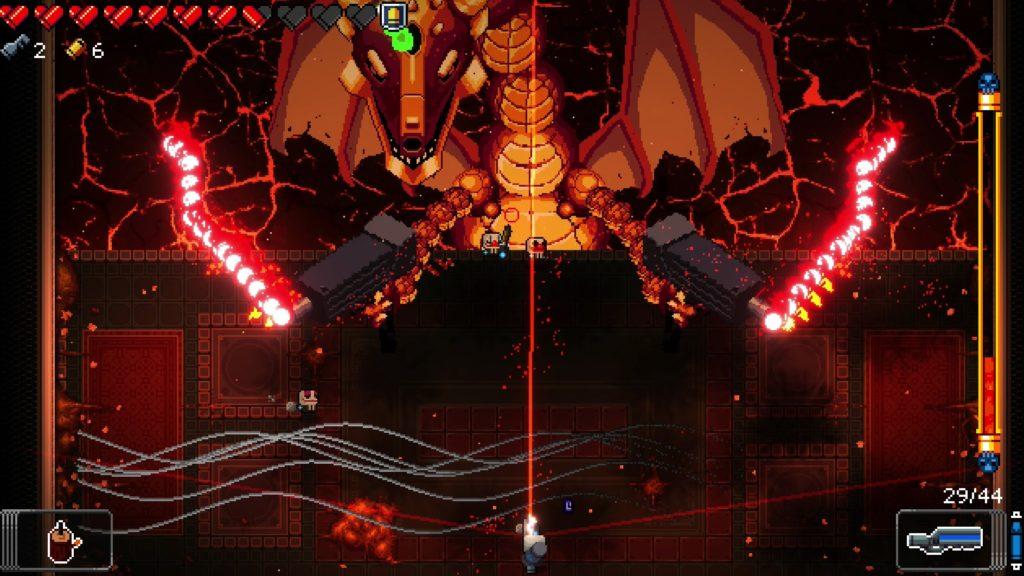“How about tonight we tell a new bed-time story?”
“Can I help?”
“Of course you can. I’ll start, okay? Once upon a time, there was a curious but very brave ladybug.”
Synopsis:
(Title TBD) is a narrative story told through the perspective of a parent and their child during a bed-time story, involving the adventures of a ladybug traversing through their home and backyard. Much of the plot itself is still in development, but we are following this general structure:
Chapter 1: The ladybug finds themself far away from their familiar home, and has somehow ended up in the child’s bedroom. However, the ladybug is far too afraid to climb up the wall to the window that leads outside due to numerous monsters – which the ladybug can’t recognize as the child’s drawings – covering their path. Through exploration, trial and error, and working with dust mites, the ladybug finds a way up the windowsill, where a tree branch lies.
Chapter 2: Once the ladybug travels up the tree branch, they determine the best course of action is to climb to the top in order to scope out the backyard and determine how to get back home. However, a birds nest is nearby and the ladybug is fearful of the hungry babies. Suddenly, a spider appears, and reluctantly the ladybug agrees to work with them and complete a quest in exchange for a secret route up the tree the birds will not see. Through this quest, the unlikely duo becomes familiar friends, breaking down stereotypes the other had previously held about other bug species.
Chapter 3: The ladybug travels through the backyard with newfound knowledge of their home location. Throughout the way, the ladybug finds themselves facing a series of traversal challenges (platforms) and encounters dangerous enemies that must be avoided or defeated.
Chapter 4: In the end, the ladybug makes it back safely and is reunited with their family. They share their newfound friendship with the spider, despite being told as a young bug how dangerous they are, and influences their family community to be open to cross-species communities. The game ends with the ladybug’s family beginning to tell them a bedtime story. The player is then told goodnight, though it is not clear which parent this may be coming from.
Inspiration: With our game’s exploration of childhood and its focus on bugs, plants, and the outdoors, it draws tonal inspiration from Stardew Valley with its nostalgic vibe and farm-focused gameplay. It draws both mechanically and tonally from the Mario platformers, which create a whimsical environment. Our art style is heavily influenced by 8-bit pixel games – particularly those that take place in outdoor or forest-like settings.
Tone and Tonal References: This is a game told through the perspective of a child’s imagination, somewhat guided by their parent’s storytelling. Naturally, we want the players to feel senses of childlike wonder, nostalgia, and adoration. In a sense, we want players to experience the bittersweet feeling associated with reminiscing on their own childhoods, aware that although they may be grown up now, the smaller version of themselves has stayed with them during all this time.
The tone will primarily be set through the dialogue and art style, though as designers we are intending to utilize sound and music in a way that supplements these features. We are inspired by art and music that is childish in nature – the sounds and visuals that evoke the feeling of children running through fields of grass laughing innocently. Despite the ladybug experiencing challenges along the way, the game itself feels optimistic and hopeful, never consumed by fear or uncertainty.
Setting: The player is aware that the story is being told while the child and their parent are laying in bed, telling a story together. The game itself takes place in their home – primarily in their backyard, but beginning in the child’s room. The backyard appears incredibly large in proportion to the ladybug’s size, allowing opportunities for significant adventures to be taken in small physical areas. Perhaps most notable are traversing up and down a tree during a quest, adventuring from bush to bush or leaf to leaf, or even just crawling along the ground.We want the bulk of the game to take place outdoors in nature, inspired heavily by whimsical and nature inspired pixel art within other games.
Gameplay: The base gameplay is a puzzle-like platformer with embedded narrative, where the player will solve puzzles and complete quests as they navigate their way back home. Three distinct levels will each introduce a new ability/mechanic, and a final level will test the player on all their abilities simultaneously.
Challenges for Design: Our first priority is to design a character controller that feels satisfying to interact with. Designing a toy-like character controller, one which is inherently fun to interact with even without a goal, gives a strong hook into the more rewarding aspects of the game like the narrative and the puzzle-solving.
After that, we need to develop three distinct game mechanics to introduce over three levels. Maintaining a cohesive feeling to the game with multiple different mechanics may be challenging. Polishing the base controller will likely impose restraints on the abilities we design for our character, not all abilities will match the vibe of the base controller. Luckily, constraints are often a crucial ingredient in creativity. We plan on developing one level together initially in order to be on the same page stylistically, and then go on to work on our individual scenes from there.
Finally, we aim to create a narrative storyline that cohesively ties the different mechanics we want to incorporate into gameplay. It needs to be clear to a player precisely why they need to traverse platforms, escape a room, or complete a quest during gameplay as it relates to narrative, and we want these pieces to feel like part of a story plot – not disjoint puzzle pieces we’ve thrown together.
Challenges for Tech: Most of us have a background with the Unity engine, but we’re making this game with Godot as an opportunity to increase our breadth and future-proof our abilities (as more and more indy developers move to Godot following Unity’s controversial new pricing scheme). So learning to use this new engine might be a bit challenging, but should be rewarding.
For the game itself, we want to have large side-scrolling areas that the player character can meander through, so we’ll need to figure out how to use the tile map and tile editors to effectively stitch together our background portions. We’ll need to establish collision physics with platforms and obstacles while also designating special interactions with certain edges (for example, being able to crawl up and down on vertical surfaces).
While none of us are fluent in Godot’s scripting language GDscript, we’ve found that Claude Sonnet 3.7 understands it very well and can easily debug problems using screenshots of the development environment. So we should be able to vibe code our way into basic functionality and then polish it with more pin-pointed effort.
Challenges for Art: As our ladybug protagonist escapes from the child’s bedroom, we transition from a built environment to the trees and plants of a backyard, so we’ll need to make sure our art style can capture these conflicting elements well. The biggest artistic challenge is probably depicting everything from the bug’s perspective: Individual blades of grass are huge towers, forming a forest; the child’s bedroom should appear convincingly vast; the single tree should be scaled like a mountain made of bark.
The art needs to specifically convey that the protagonist is small. We’re trying to avoid a game that just feels like a ROM hack of Super Mario Bros. with a ladybug sprite. More than being small being a theme of the game, the art should make the player actually feel small.
Who is this for?: As such, we’re targeting an audience that likes colorful, cozy games with a subtle narrative. We want this to be a game to be enjoyable for all ages, but genuinely interesting for adults despite the cute graphics and subject matter. We’d like the core of the game to focus on viscerally satisfying movement mechanics for controlling the ladybug, rather than creating an intense, pixel-perfect competitive platformer. So the core enjoyment of movement is related more to sensory pleasure than to overcoming difficult platforming sections.
Having a bright color palette and a ladybug as the protagonist make the game approachable for younger audiences, but the narrative worldbuilding is there to maintain the attention of a more mature audience. While not strictly necessary for advancing through the game, interacting with the various bug characters reveals a complex world of predation and mutual suspicion. We want the narrative layer to feel intentional and layered, tying together different game mechanics and goals, while still remaining approachable and digestible for various player types.
Appendix:




